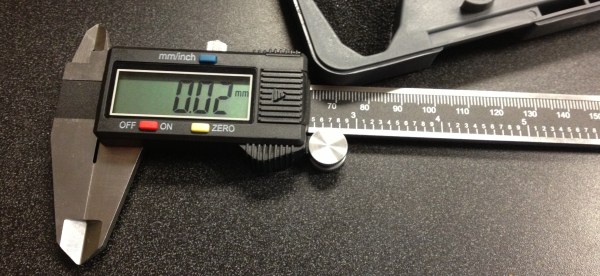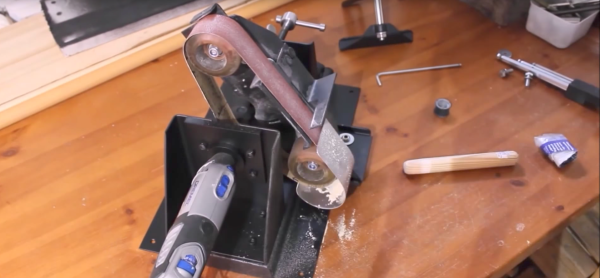Who doesn’t like old tools? Even if they aren’t practical to use for production, plenty of old tools still have a life to offer the hobbyist or home worker. Some tools might seem a bit too far gone – due to age, rust, or practicality, to use. That’s where [Hand Tool Rescue] comes in. [HTR] finds rusty, dirty old tools, and brings them back to life. Sometimes they’re practical tools, other times, they’re a bit out there. In a recent video, he restored a BeMaCo automatic saw set from the 1940’s. Saw sets are tools which bend each tooth of a saw blade slightly. Typically they are pliers-like devices.
The slight bend of each tooth on the blade widens the saw’s kerf and prevents binding. Typically these tools are pliers-like devices. The BeMaCo set is something else — it pulls the blade through tooth by tooth, while a spring-loaded head pecks away, bending each tooth. It’s something Rube Goldberg would have loved.
[HTR’s] filming style borrows a lot from [Jimmy DiResta], who we’ve covered here before. There are no words, and most of the video is sped up. Even with the fast video, [HTR] probably has many hours of footage to pare down to a 20-minute video.
The restoration begins with tearing the saw set apart. Every nut and bolt is removed. All the parts are cleaned, chemically de-rusted, and wire-wheeled. Even the motor is torn down, cleaned, and wired up. Then come the re-assembly. [HTR] gets every piece back in its proper place. We’re wondering how many times he had to refer to the teardown video to get everything right. Finally, the saw set is complete — ready for another 70 years of work.

















